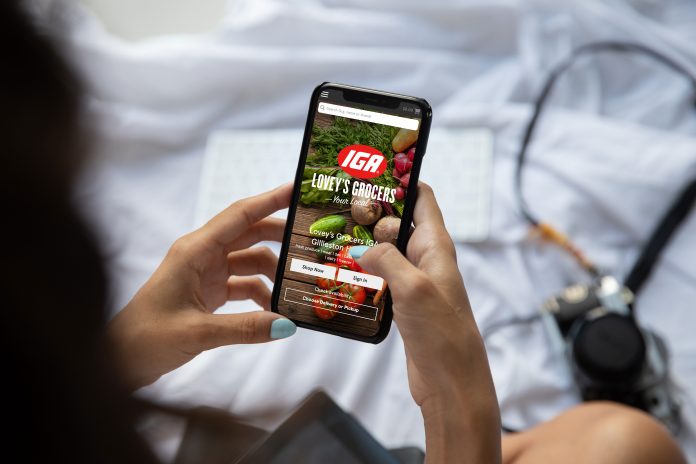Myfoodlink was founded 10 years ago with the purpose of working with independent grocery retailers in Australia and New Zealand. This has increasingly expanded to include independent bottle shop groups as well to provide a platform to compete with the majors. Myfoodlink co-founder and CEO Nathan Males spoke to Retail World in an exclusive interview.
Myfoodlink saw the opportunity to build specialist online e-commerce platforms for the independent sector, reflecting the disparate data and different technology retailers use in-store, and roll these out across the independent networks. Its main clients are independent grocers and groups of independent bottle shops.
Apart from its collaboration with leading IGA groups, including Ritchies and Hill Street Grocer, Myfoodlink also works with FoodWorks and Drakes to deliver their systems, as well as some of the Woolworths subsidiaries in New Zealand, plus bottle shops.
What are the changes that you’re seeing in the retail supply and the consumer space?
Grocery and liquor are both growing rapidly online. Consumers are rapidly adopting [online] as a method of shopping for food. It’s one of the last sectors to adapt online because of the difficulties of it. There was always a little hesitation from consumers about buying things like fresh items online. We’re seeing that has now virtually disappeared. The trust in the packing processes is good, and that’s reinforcing adoption. There are younger consumers coming through – digital natives – and they just shop online more naturally.
We’re also seeing a change to the shift towards on-demand. People want to make an order, have it fulfilled and delivered very quickly, and [the likes of] UberEats and restaurant delivery platforms have changed the way that people think about food. Now they’re expecting grocery and liquor to be as responsive as [the likes of] UberEats platforms.
Moving towards demand delivery models and using cloud-based driver platforms, that response time has changed, which means we now have to have teams in the stores picking and packing on demand, [and] different logistics in-store that we have to cater for.
The other changes are around the marketplaces being part of [the] full grocery offering, which might be 12,000 lines. [There’s an] opportunity to push those basics out onto the marketplace, like UberEats. We’ve seen a lot of stores participate in those marketplaces with their convenience offering – the next step for our platforms is to facilitate that so stores aren’t having to manually enter all of their products on all of these different marketplaces. There are so many already and a new one springing up all the time.
Read the interview in full in the January/February issue of Retail World.


